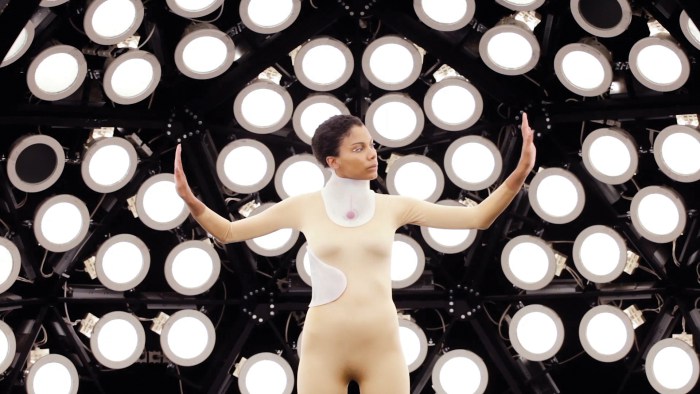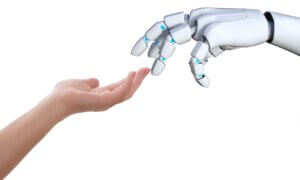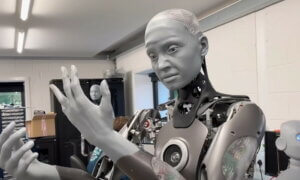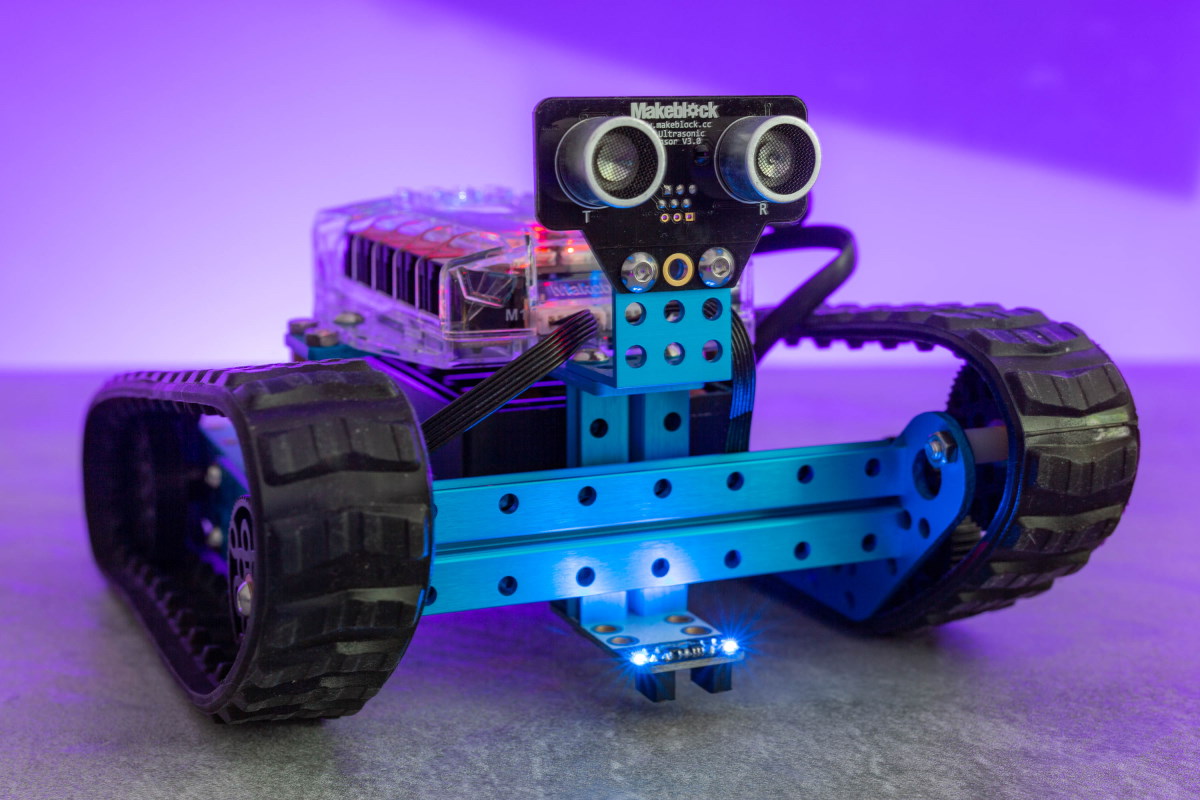You’re at your friend’s house. Close your eyes and start going from room to room, getting a cup of coffee or something to snack. Impossible without bumping into chairs or spilling coffee, right? A second-skin that “feels” data and sends haptic feedback might help, though. Interactive Architecture Lab developed one called Sarotis #objectmagic
Sarotis attaches to the body and guides the user according to info sent by inflating or deflating. The second-skin was built by mixing soft robotics with depth sensors and can work with Google’s Project Tango. In fact, during tests, Google’s 3D-sensing computer vision tech was used. Engineers drew a path in 3D space and then blindfolded subjects to see if it can follow it with Sarotis’ help.
https://vimeo.com/184714610
As it turned out, subjects could sense the turns and ends of corridors. The pressure exerted by the inflation and deflation of the skin acted like a friends’ helping hand in an unfamiliar environment. More impressive is the fact that participants could draw the maze afterwards, remembering the directions.
Sarotis could easily become a practical aid for visually impaired people. Instead of depending on dogs and other people to guide them through a given space, they could make their own schedule and become independent once again thanks to this skin. That said, the Interactive Architecture Lab believes that such a technology could be used to revolutionize the way we navigate, play or even stay safe.
Follow TechTheLead on Google News to get the news first.






















